Theories, Theorists, and Models Chart for Early Childhood Education
VerifiedAdded on 2022/09/26
|6
|1105
|75
Homework Assignment
AI Summary
This assignment presents a comprehensive chart outlining various philosophies, theories, and models relevant to early childhood education. It begins with a detailed chart summarizing theories such as Maturational Theory (Arnold Gesell), Constructivist Theory (John Dewey), Cognitivist Theory (Jean Piaget), Moral and Developmental Theory (Lawrence Kohlberg), Sociocultural Theory (Lev Vygotsky), Ecological Theory (Urie Bronfenbrenner), Psychosocial Theory (Erik Erikson), Behaviorist Theory (B.F. Skinner), Multiple Intelligence Theory (Howard Gardner), and Self-Actualization Theory (Abraham Maslow). Each theory is described along with its key theorists, a description of the theory, and its effect on early childhood education, complemented by relevant sources. The second part of the assignment reflects on the Multiple Intelligence Theory, the student's preferred theory, explaining its relevance and advocating for its implementation in teaching. It suggests integrating various modalities to enhance learning and retaining information. Additionally, it touches upon the Constructivist Theory to address the needs of learners with exceptionalities, suggesting real-life application and practical activities.
1 out of 6
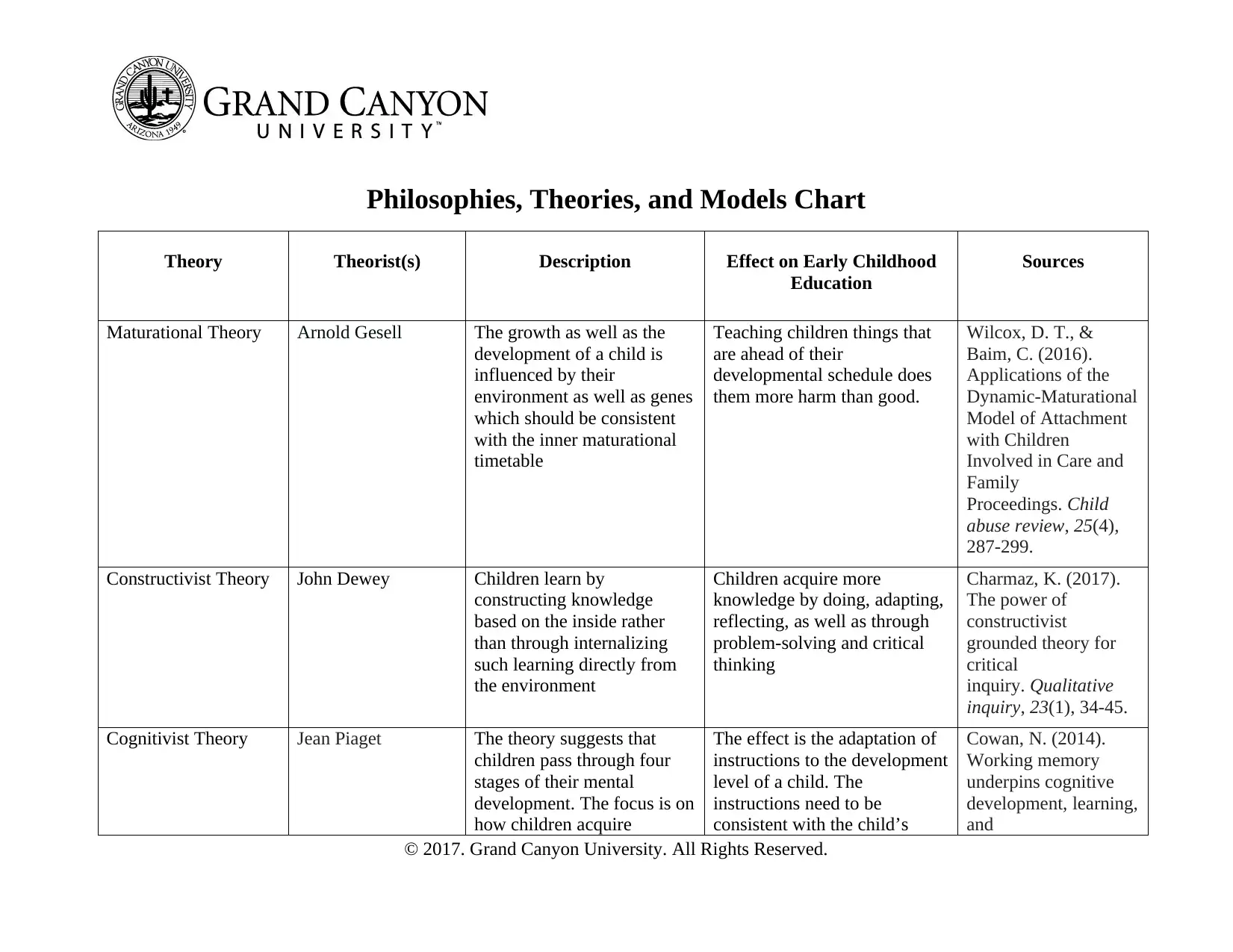
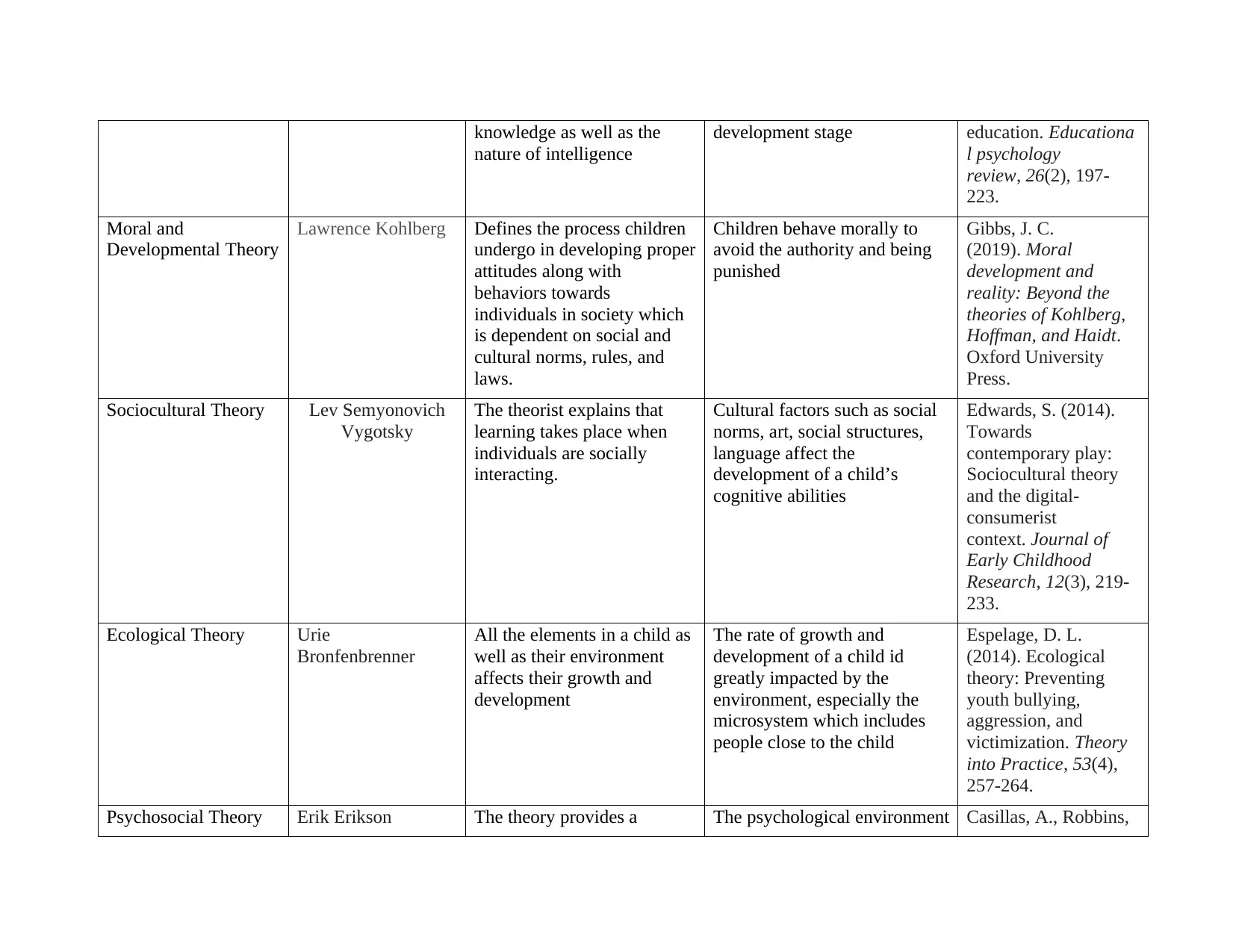
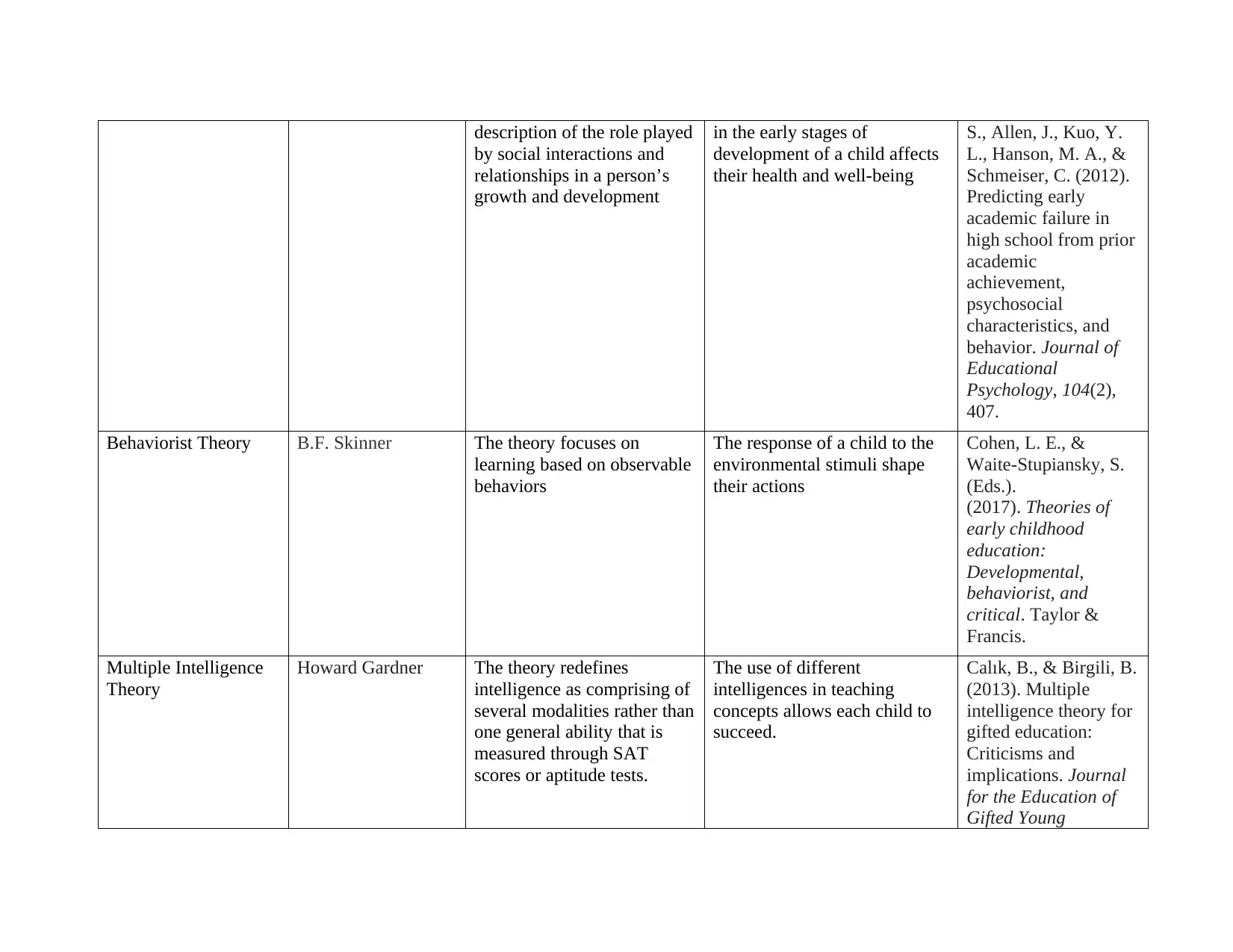

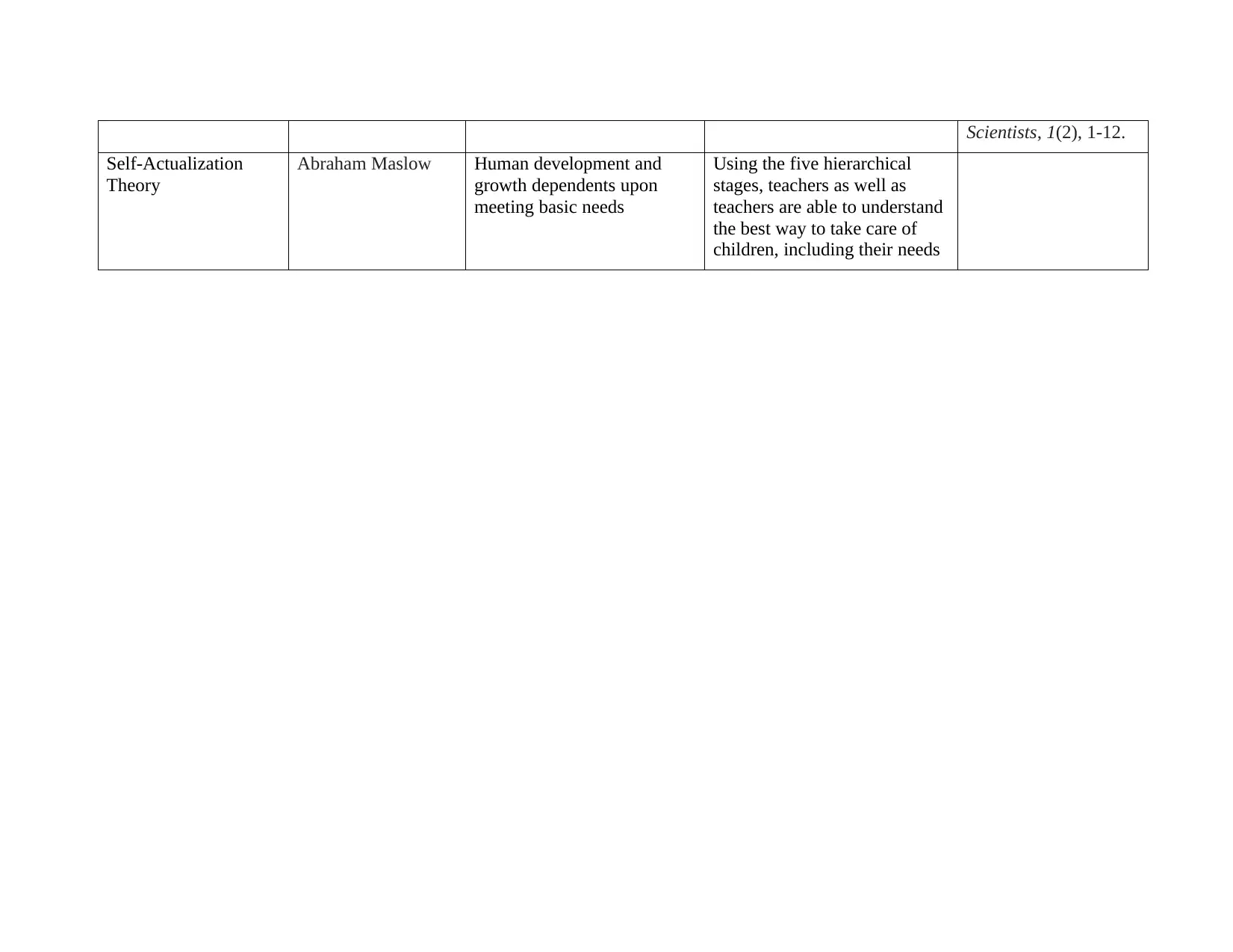
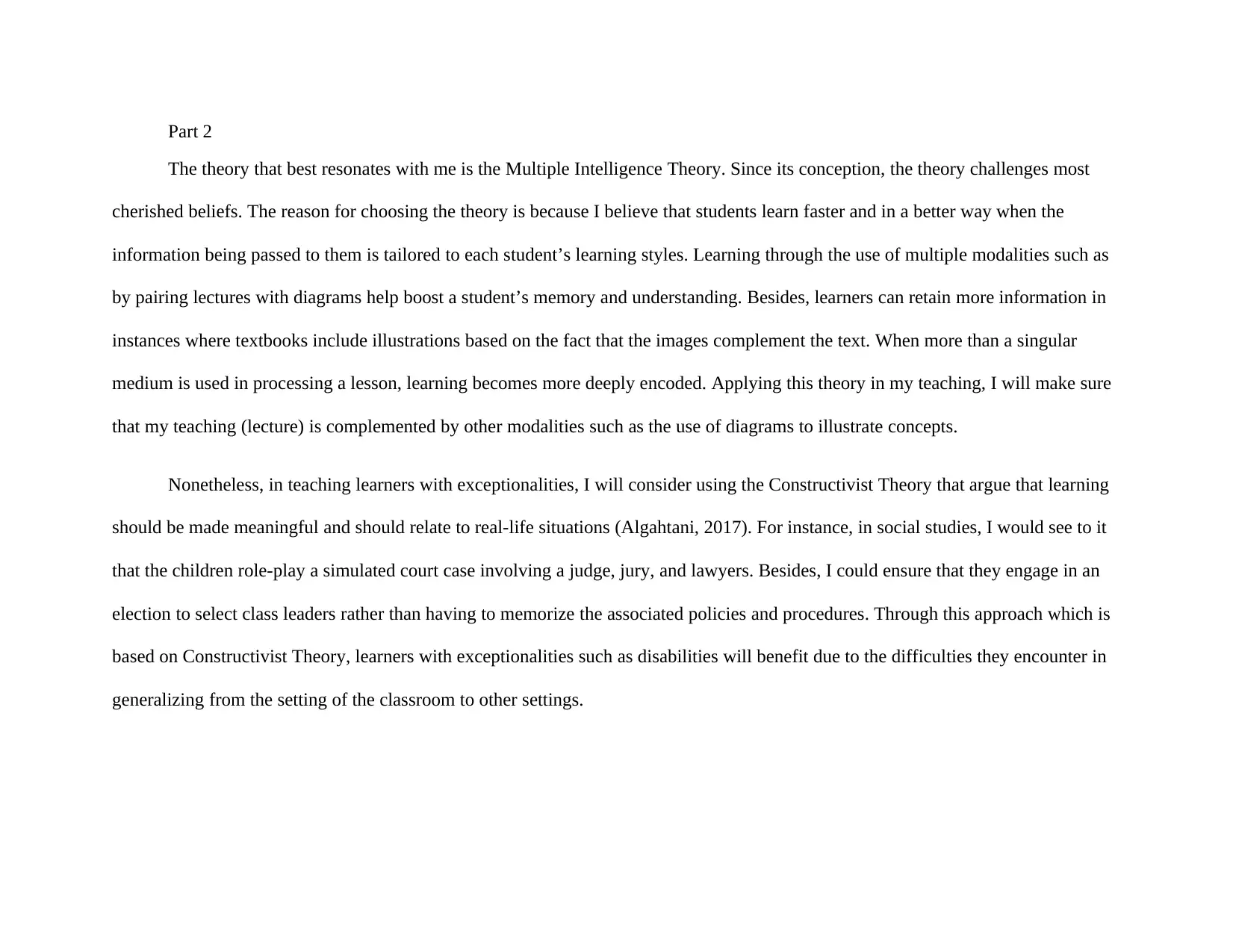
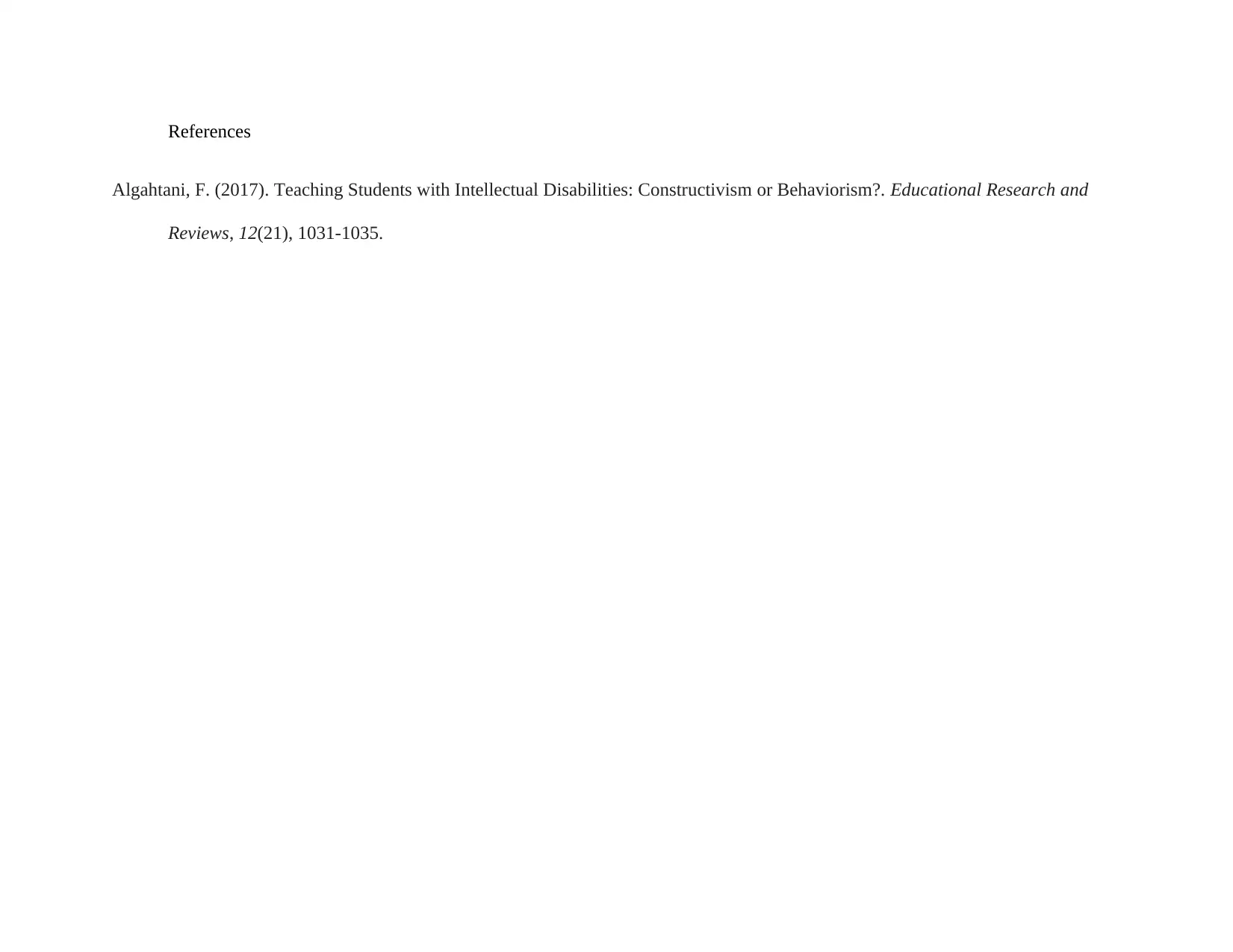






![[object Object]](/_next/static/media/star-bottom.7253800d.svg)